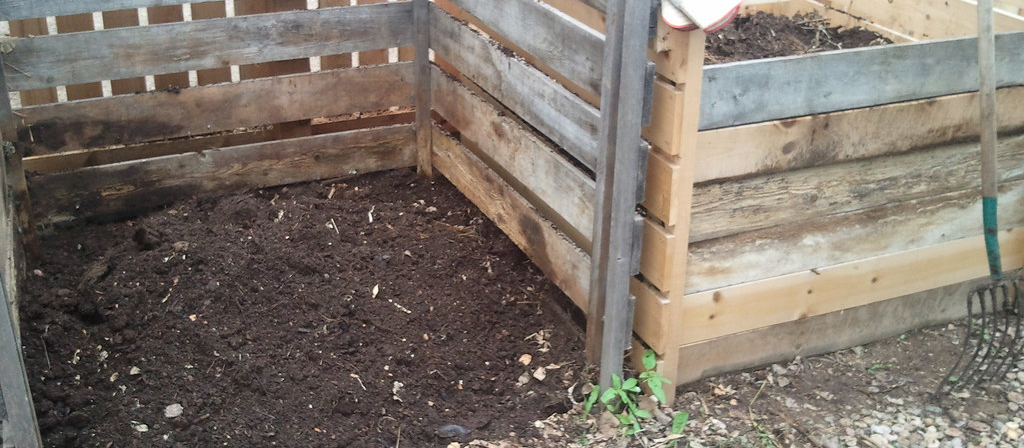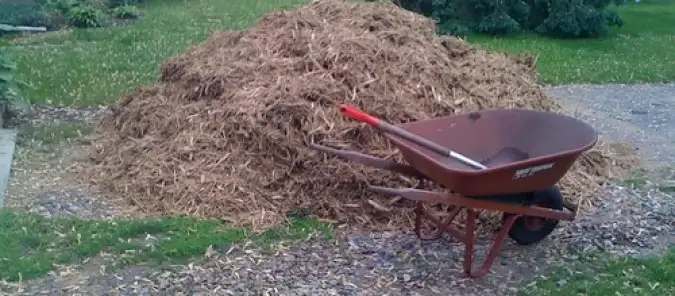Categories > Tips, Tricks & Inspiration
Transitioning from Winter to Spring: Cleaning and Preparing Garden Beds
If the chill of winter begins to wane and the first signs of spring emerge, gardeners eagerly anticipate the opportunity to revitalize their garden beds. Transitioning from winter to spring requires careful attention to cleaning and preparing garden beds to ensure a successful growing season ahead.
Before diving into spring gardening tasks, take a moment to assess the condition of your garden beds. Winter weather may have caused damage to plants, soil, and structures within the garden. Look for signs of frost damage, soil erosion, and any potential pest infestations that may have occurred during the colder months. Remove any debris such as fallen branches, dead foliage, and weeds that have accumulated over the winter. Clearing away this debris will help improve air circulation and prevent the spread of diseases and pests in your garden. One of the most crucial steps in transitioning your garden beds from winter to spring is soil preparation. Start by testing the pH level of your soil to determine its acidity or alkalinity. Most plants prefer a slightly acidic soil pH ranging from 6.0 to 7.0. Once you have determined the pH level of your soil, amend it accordingly with organic matter such as compost, aged manure, or peat moss. Organic matter helps improve soil structure, fertility, and drainage, providing a healthy environment for plant roots to thrive. Turn the soil using a garden fork or tiller to incorporate the amendments evenly throughout the garden bed. Break up any compacted soil to promote better root growth and water penetration. Early spring is an ideal time to prune and trim trees, shrubs, and perennials in your garden. Remove any dead, damaged, or diseased branches to encourage new growth and improve the overall health of the plants. When pruning, make clean cuts just above a bud or lateral branch to promote proper healing and reduce the risk of disease entry. Avoid pruning spring-flowering plants until after they have finished blooming to prevent the removal of flower buds. Applying a layer of mulch to your garden beds helps conserve moisture, suppress weeds, and regulate soil temperature throughout the growing season. Choose organic mulches such as shredded bark, straw, or leaves for best results. Spread a 2-3 inch (or 5-7,5 cm) layer of mulch evenly over the soil surface, taking care to leave a small gap around the base of plants to prevent moisture-related diseases. Mulch also breaks down over time, adding valuable nutrients to the soil as it decomposes. With your garden beds cleaned, prepared, and mulched, it's time to start planting and sowing seeds for the upcoming growing season. Consider the frost dates in your region and select cold-hardy vegetables and flowers that can withstand late frosts. Space plants according to their mature size and provide adequate water and sunlight to promote healthy growth. Follow planting instructions carefully, and be mindful of proper spacing, depth, and soil requirements for each type of plant. Once your garden beds are planted, it's essential to monitor them regularly for signs of pests, diseases, and nutrient deficiencies. Inspect plants for any abnormalities such as yellowing leaves, wilting, or unusual spots, and take appropriate action to address any issues promptly. Continue to water, fertilize, and mulch your garden beds as needed throughout the growing season. Weed regularly to prevent competition for nutrients and space, and deadhead flowers to promote continuous blooming. Transitioning your garden beds from winter to spring is an exciting time for gardeners eager to usher in a new season of growth and beauty. By following proper cleaning and preparation techniques, you can create an optimal environment for your plants to thrive and flourish throughout the spring and beyond. With careful attention to soil preparation, pruning, mulching, and planting, you'll set the stage for a successful gardening season ahead. Embrace the joys of spring gardening as you watch your garden beds come to life with vibrant colors, fragrant blooms, and bountiful harvests.Assessing the Damage
Soil Preparation
Pruning and Trimming
Adding Mulch
Planting and Sowing
Monitoring and Maintenance
Conclusion
Newsletter



